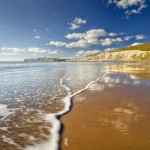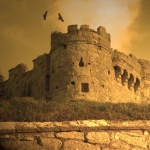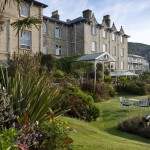Michael Edwards returns with another Isle of Wight Guide for a deeper delve into its historic past.
Travelling to the Isle of Wight feels like stepping back through time. And in this Isle of Wight guide I do just that. Thatched cottages and quiet country lanes are nostalgic reminders of yesteryear. Passengers cruising from Portsmouth to Fishbourne on the Wightlink ferry crossing look relaxed: stress levels dropping and heart rate slowing, visitors are looking forward to life in the slow lane.
Crossing the island to the southern coast is to step even further back in time. From the 1820s, the sleepy fishing village of Ventnor became a boomtown, the Isle of Wight’s Yukon. Vertiginous cliffs created a suntrap that earned Ventnor the nickname of England’s Madeira. Health tourists, advised by doctors to seek a warmer climate for their consumption, flocked to Ventnor.
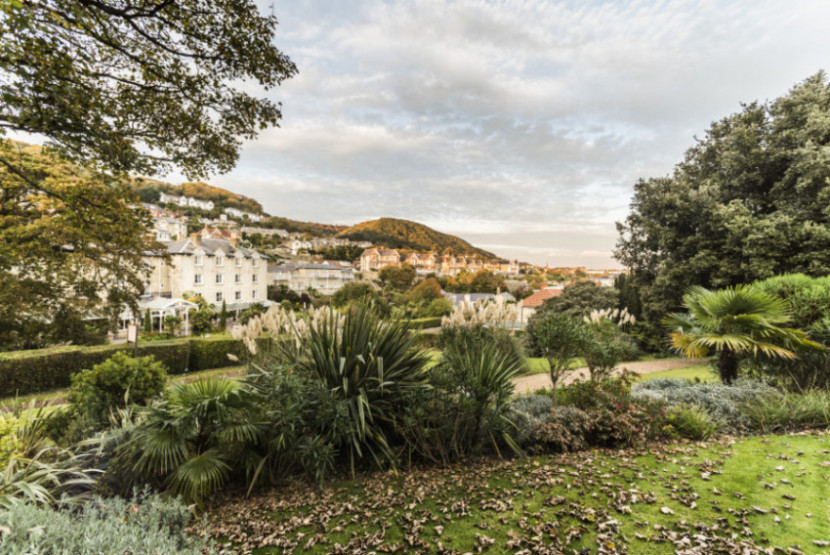
Italian-style villas with balconies and verandas gave Ventnor the aura of a Mediterranean Riviera. Consequently, land prices rocketed from £100 to £1000 per acre by mid-century. When the future Queen Victoria took to arriving at the newly built Fishers Hotel for afternoon tea, Ventnor’s kudos soared.
In honour of that regal patronage, the grand hotel was renamed The Royal Hotel. Bay, cypress, and palm trees thrive in gardens warmed by a microclimate. By the heated swimming pool, sun loungers are often taken in both early Spring and late Autumn.
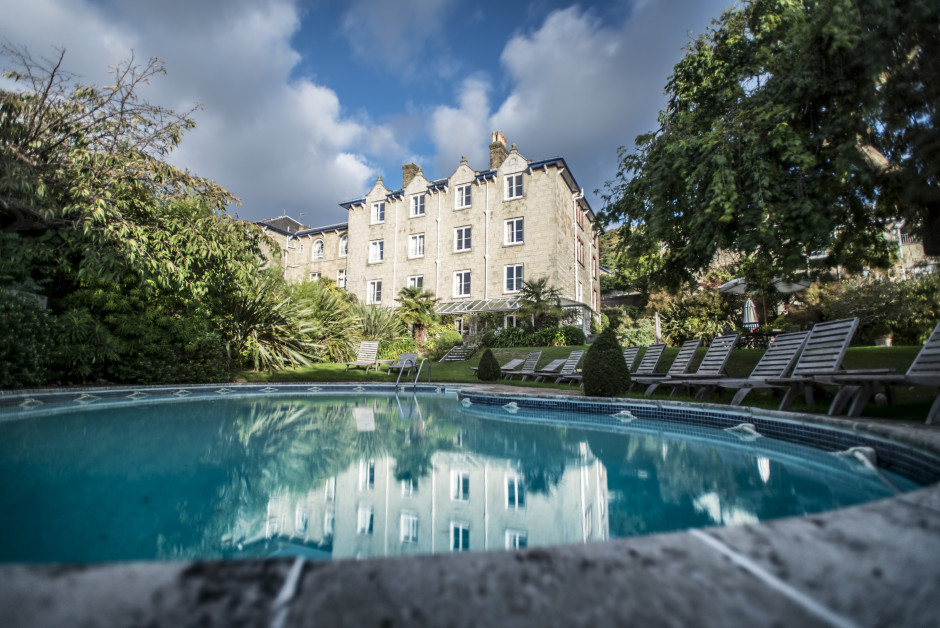
Were Queen Victoria to return she would probably be more than delighted by The Royal’s Geranium Restaurant. It has held two AA rosettes for over a quarter of a century. Executive Chef Matt Egan, who believes that there are “no rules for food” is pushing culinary boundaries with his Se7en tasting menu of seven courses and paired wines.
A few miles inland at the quaint village of Godshill, the timber beams and worn flagstone floor of The Taverners are also keeping island traditions alive. Once a bakehouse and then a post office, The Taverners is still at the heart of village life as a renowned gastropub. Specials on the blackboard reflect both local fishermen’s catch and seasonal produce.
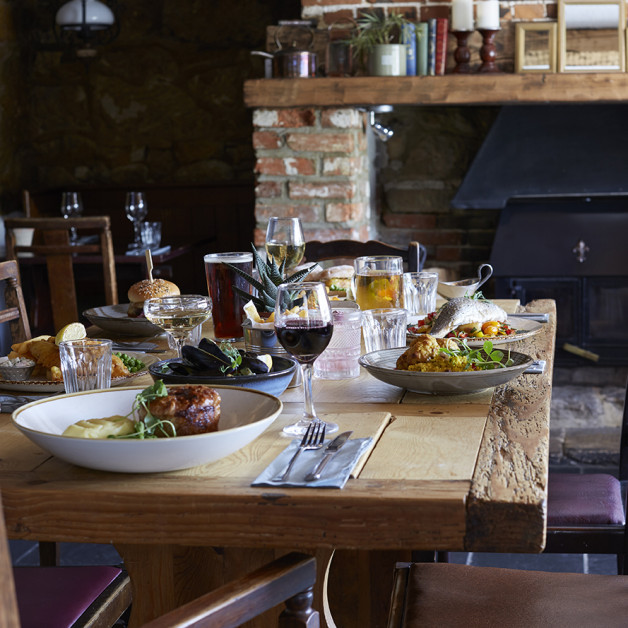
Visiting Carisbrooke Castle, now cared for by English Heritage, is to take an even bigger step back into history. Over the last millennium Carisbrooke Castle has been a fortress ready to resist both French and Spanish invasions, a family home, a royal residence, a seat of governance and now a museum. Most famously of all the castle was a prison for King Charles ll after he had been deposed by the English Civil War.
The museum shows that house arrest for King Charles was comfortable. His furniture was transported from Hampton Court, a bowling green was created for his entertainment, and he was served 20 course meals. No surprise then, that Charles got stuck between the bars when he tried to escape.
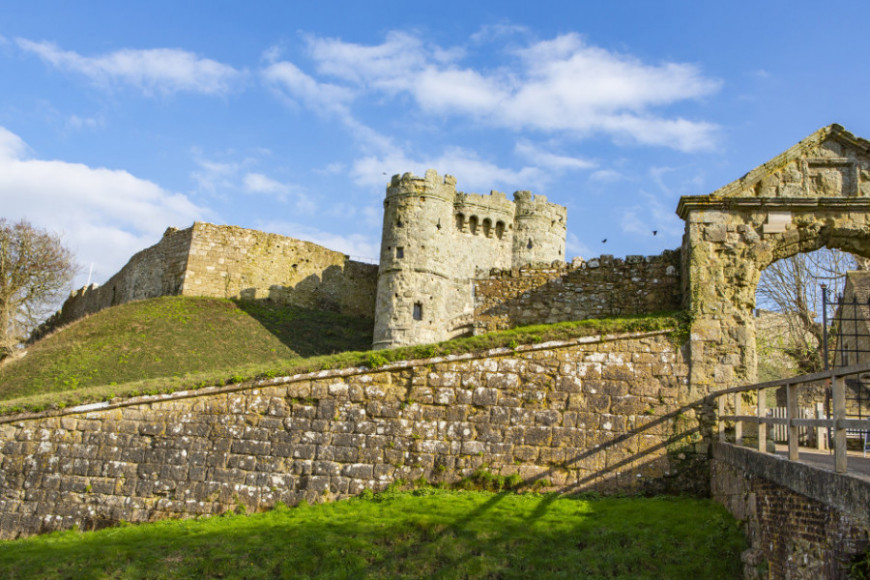
The donkeys, who back in the bad old days walked in circles, for up to 12 hours a day, to haul buckets of water from the castle’s deep well, are celebrated. As King Charles signed his coded letters with a “J”, today’s donkeys, who only haul an empty bucket for a few token minutes, are called Jill, Jack, Jigsaw, Juno, Jester and Jingles.
Royal life carried far greater freedom at Osborne House, the Isle of Wight’s other great English Heritage property. Queen Victoria and Albert longed for a summer home where their brood of nine children could play freely away from stuffy court formality.
Prince Albert drew up plans for a pale-yellow Italianate palazzo-style house, with gardens leading downhill to the privacy of Osborne Beach. In addition, he designed the Swiss Cottage, the ultimate Wendy House for child’s play.
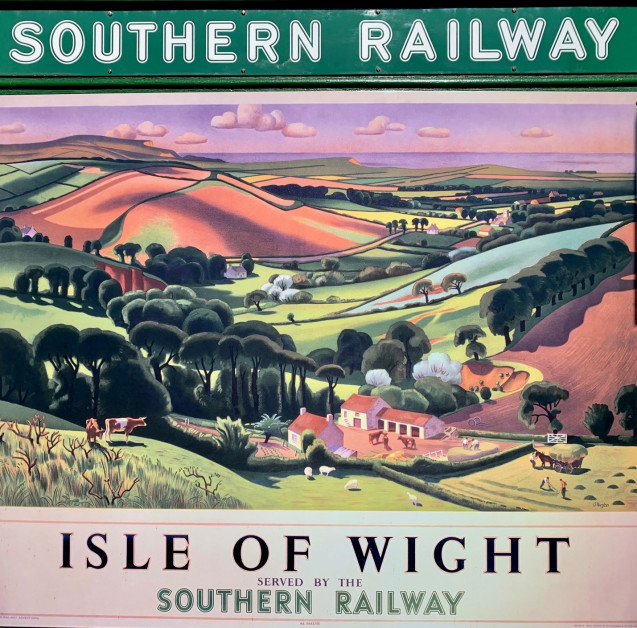
Much of the island’s nineteenth-century growth came from the development of the railways. Based at the former rail station of Havenstreet, the Isle of Wight Steam Railway tells the story of an age when the 147 square mile island had 33 stations. Alongside the museum and 1940s station, visitors can buy First Class or Third-Class tickets for a nostalgic steam engine journey. In addition to a wealth of Railway history, Havenstreet also hosts falcon flying displays.
In many ways, this Isle of Wight Guide with its variety of landscapes is showing a miniature England. Moreover, from the Norman Conquest, through the English Civil War and the Victorian Age to the present day, this small island tells so many historic stories.
Tell Me More About This Historic Isle of Wight Guide
Book your ferry to the Isle of Wight with Wight Link
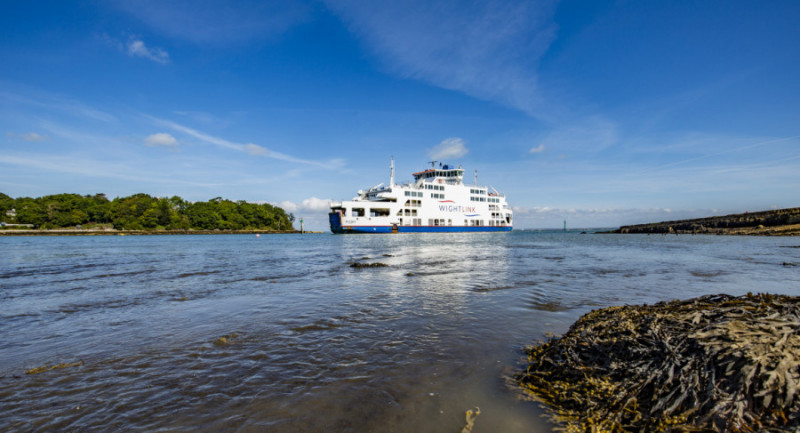
Stay at the Royal Hotel with single rooms beginning from £150 for bed and breakfast.
Research your visit at Visit Isle of Wight Tourism
Book a table at The Taverner Godshill for gastropub dining.
Book visits to Carisbrooke Castle at and to Osborne House at
Check out the railway schedule


